Around 80% of women have experienced stomach pain during periods, also known as menstrual cramps at some point in their life. Usually, menstrual cramp pain is mild. But sometimes it can be severe. The pains can vary from sharp stabs that make you double over to a nagging pain that spreads through the lower abdomen and lower back. Some women also experience dizziness, nausea, diarrhea or vomiting.
Menstrual Cramps (Medical Term Dysmenorrhoea) are Classified as
1. Primary Dysmenorrhoea
- Arises in women under the age of 20.
- One may feel mild to severe pain in the lower abdomen, back, and thighs. It starts right before the period and usually lasts between 12-72 hours.
- Due to pain caused by uterine muscle contractions. During menses, a high level of prostaglandins has released that act as chemical messengers which shed the uterine lining (when fertilization has not taken place) by uterine contraction causing pain during menstruation.
2. Secondary Dysmenorrhoea
- One may feel mild to severe pain in your lower abdomen, back, and thighs. It starts right before your period and usually lasts between 12-72 hours.
- It often first arises after a young woman has already been menstruating for several years. Here, women may also have pain at times of the month other than during menstruation.
- Pain during menstruation such as benign uterine growths (fibroids and polyps), endometriosis – uterine tissue lining growing outside the uterus elsewhere in the abdomen or pelvis, PID(pelvic inflammatory disease) – infection of the upper part of the female reproductive system.
Treatment for Stomach Pain During Periods
Scientifically proven advice has always been the NSAIDs (non-steroidal anti-inflammatory drugs), these lower the level of prostaglandins. (eg- Ibuprofen, Naproxen, Meftal spas). Another piece of advice is to take on Oral Contraceptive Pills, these will prevent ovulation and before following these treatment options you must get consulted with the best doctor to identify the underlying causes of the pain.
The Following Approaches also Should be Tried
- Applying heat by using hot water bottles or heating pads, taking a warm bath or going to the sauna
- Fortify: Vitamin B1 or magnesium supplements may reduce cramps, bloating and other PMS symptoms. (You know the parental approval deal). Special diets and dietary supplements
- Herbal products and herbal teas for medicinal us, homeopathic medicines.
- Procedures which target pain stimuli, such as acupuncture, acupressure or TENS (transcutaneous electrical nerve stimulation)
Lifestyle Changes That Help Relieve Stomach Pain During Periods
It may be possible to find ways to deal with the “painful” days so they are less of a problem. For example, many women try to take things a bit easier in those days. Some find that relaxation techniques, breathing exercises, yoga or tai chi help them feel more relaxed and reduce stress. Getting a lot of exercises also helps relieve stomach pain during periods in some women.
Measures that may reduce the risk of Menstrual Cramps Include:
- Eating fruits and vegetables and limiting the intake of fat, alcohol, caffeine, salt, and sweets
- Exercising regularly
- Reducing stress
- Quitting smoking
If these also do not help over 2-3 months, then you can ask a gynecologist, to rule out infection or growth. Hence invasive procedures might be done for diagnostic purposes.
There is Another Type of Pain known as the Mittelschmerz
Mittelschmerz is one-sided, lower abdominal pain associated with ovulation. German for “middle pain,” mittelschmerz occurs midway through a menstrual cycle — about 14 days before your next menstrual period.
The Exact Cause of Mittelschmerz is Unknown, but Possible Reasons for the Pain Include these
• Just before an egg is released with ovulation, follicle growth stretches the surface of your ovary, causing pain.
• Blood or fluid released from the ruptured follicle irritates the lining of your abdomen (peritoneum), leading to pain.
Mittelschmerz Pain Usually lasts a Few Minutes to a Few Hours, but it may continue for as long as a day or two.
• On one side of your lower abdomen
• Dull and cramp-like
• Sharp and sudden
• Accompanied by mild vaginal bleeding or discharge
• Rarely, severe
Mittelschmerz pain occurs on the side of the ovary that’s releasing an egg (ovulating). The pain may switch sides every other month, or you may feel pain on the same side for several months.
If the cramp/pain occurs mid-cycle and goes away without medication it is more likely to be Mittelschmerz. That’s the way to differentiate between dysmenorrhea and Mittelschmerz, and this type of pain rarely requires medical attention as it goes on its own.

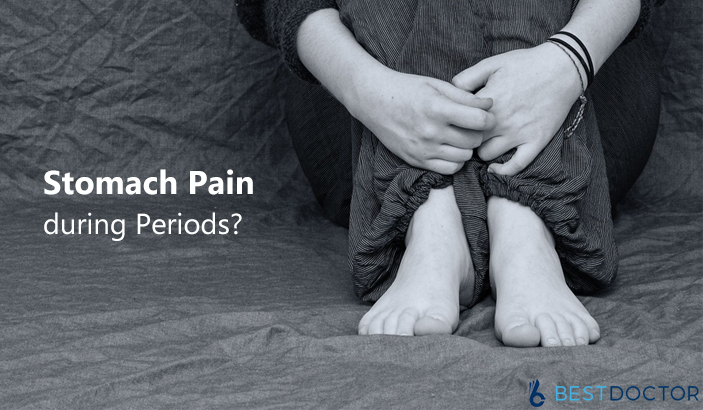

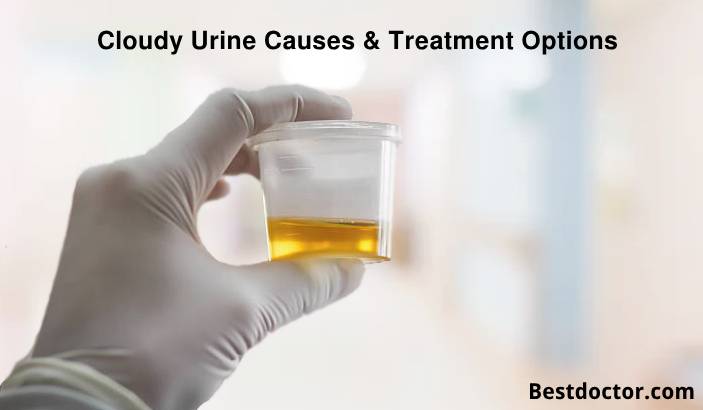
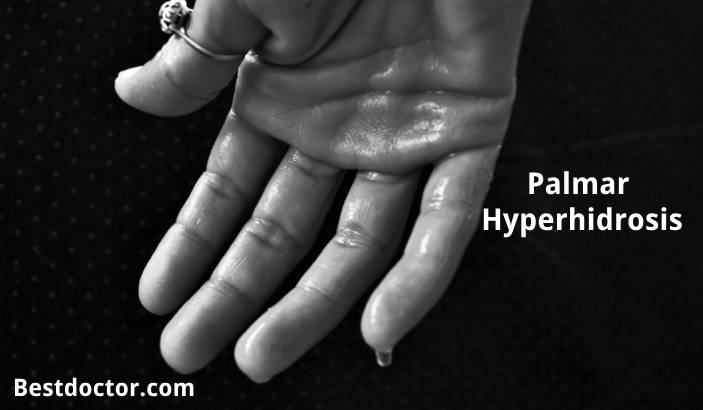

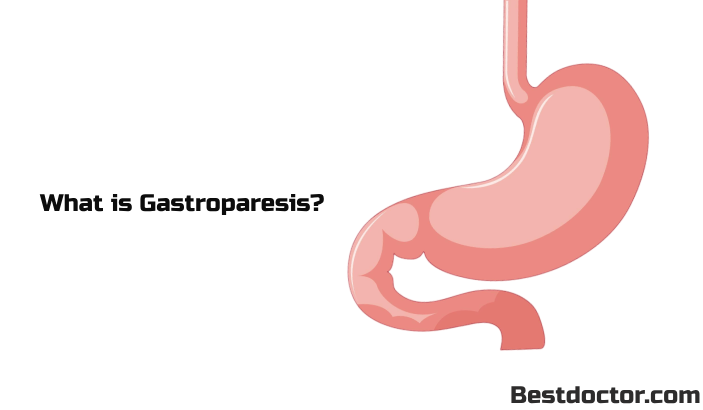
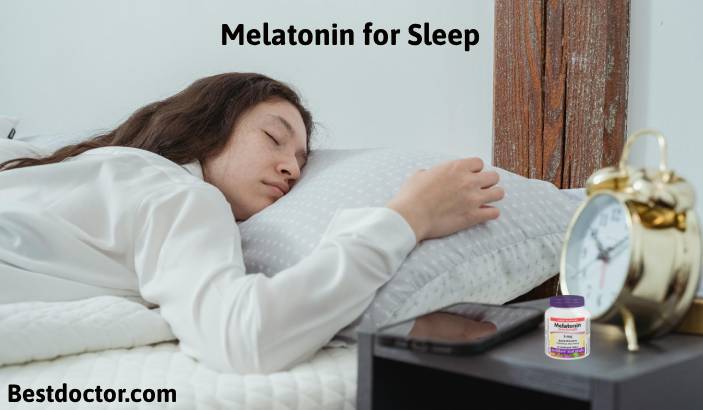
Enhancing Your Career Opportunities with Improved Vision from LASIK Surgery in Manhattan
What Does Cloudy Urine Mean in Females and Males?
Palmar Hyperhidrosis: Understanding Causes, Symptoms, and Treatment
16 Warning Signs You Need to Go See Your Doctor As Early As Possible